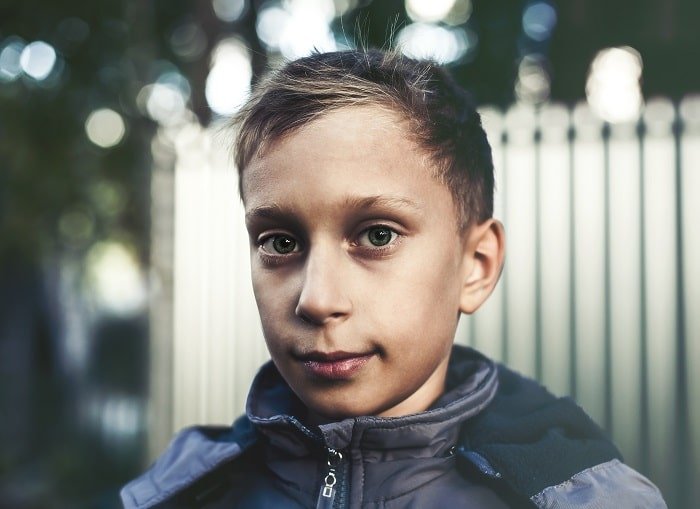Washington Post – By
“I’ll take anyone,” said Davion Only, a 15-year-old boy who had been in foster care his whole life, before a Florida congregation in October. “Old or young, dad or mom, black, white, purple. I don’t care.” The story went viral, and Davion’s plea for a family drew thousands of responses.
But tens of thousands of other teens need families in the United States. In the District, nearly 300 of the 1,150 children in foster care await adoption. Of those, 100 are older than 12.
When we think about adoption, we rarely think of older children. Teenagers are challenging in their own right — sometimes defiant, sullen and self-absorbed — and the perception of teenagers in foster care is that they are irredeemably troubled. But these children can be just as delightful, resilient and rewarding to parent as are younger children. More important, they can just as fully benefit from the emotional and financial stability a family offers, and they are just as much — or even more — in need of loving homes.
Every year, more than 27,000 of the 400,000 children in U.S. foster care enter adulthood without the love and support of a permanent family. In most states, the cutoff age is 18, though it’s 21 in some, including in the District. The odds are stacked against these young adults when they age out of the system.
For young people without families, a lack of stability and support can lead to difficulty in holding a job, finishing school and achieving financial self-sufficiency. They are likely to struggle with unemployment, incarceration, homelessness and poverty.
According to a 2011 three-state study of young adults who aged out of care in the Midwest, by age 24:
●Nearly a quarter did not have a high school diploma or GED. Only 6 percent finished a two- to four-year college.
●More than a third had been homeless or “couch-surfed” at others’ homes — often for at least a month.
●75 percent of women and 33 percent of men had received public assistance to meet basic needs in the preceding year.
●More than half were not working.
●Nearly 60 percent of the men had been convicted of a crime.
Most of us have the luxury of a gradual transition to adulthood. But imagine having no one invested in your future. Imagine, at 18, having to make it on your own with no backup. Imagine suddenly being responsible for your own housing, health care and life decisions with little guidance. Imagine trying to scrape resources together to attend college and having nowhere to go during breaks.
One young man who aged out of foster care at 18 in Iowa described it this way: “All the support systems go away; without the security of family, many people fall by the wayside.” Having families can radically change outcomes for these kids.
With his appeal, Davion may have done more than possibly find himself a permanent family. By putting a human face on the plight of older children in foster care, he may have opened hearts and minds to the possibility of adopting older children.
Adoptive families stand to gain as well. We know these families are out there, but unanswered questions understandably hold many people back. It’s a profound commitment, but it doesn’t have to be made all at once. Here’s how one program works:
Through the Family & Youth Initiative (DCFYI), families have an opportunity to get to know teenagers who need families, to meet other adoptive parents and adopted kids and to consider adoption in an informal setting. The approach is tailored to the teenagers’ developmental stage and recognizes the wariness that can result from repeated disappointment. In monthly events — involving activities such as bowling, cooking and scavenger hunts — teenagers and adults build relationships even before they’ve decided whether adoption is right for them. (Many teenagers decide they’re ready for adoption only once they’ve gotten to know a particular couple or individual.) The DCFYI community continues to support families that choose to adopt throughout the adoption process and beyond.
Most children who are adopted are younger than 10 — as if, as the young man from Iowa put it, “there’s an age limit on love.” But getting more older children into permanent homes can dramatically change their lives and greatly improve their odds of success.
This article originally appeared in the Washington Post and was written by .
…………………………………………………………………………………………………………………………………………..
Are you willing to open your home to a child in need? Contact us today through our website or call us at 406-245-6539 to learn more about how you can make a difference in a child’s life.






